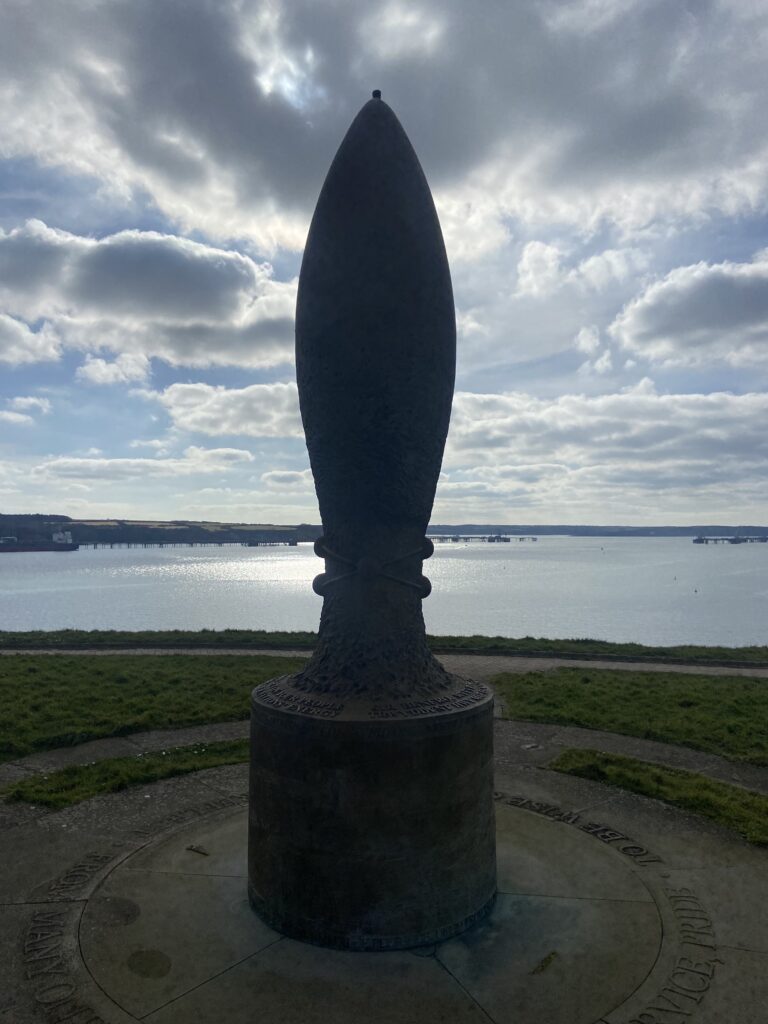my pole is a material girl

mirror from Milford Haven, looking across the port
This year I’m an artist in residence on University of Exeter’s Queer Natures research project, where I’m developing ideas for pole stuff that plays with the politics of ugliness, desirability and bugs (more on that soon 🕷️) A big part of our research is looking at how we make art, not just what we’re making.
As usual, I am looking for answers in the magical world of pole dancing.

As many humiliating nights in the strip club made clear, I have the natural slink and sensuality of a traffic cone – but luckily for me, this is a skill you can learn. Last week I went to Wales to do an apprenticeship with Old School pole dancing legend Jamie Taylor at her studio in Pembrokeshire, taking one-on-one classes and shadowing the group sessions. I’ve been obsessed with Jamie’s work for ages for the hypnotic, fluid and commanding movement style, and for the values at the core of her practice. Jamie’s teaching is founded on the principle that sensuality is everyone’s birthright, and pole dancing offers a channel to connect back to that (possibly quite buried) part of yourself.
It’s a skillset I’ve been wanting to drink in and pour back into my own pole practice, the rest of my life, and how I teach at Venus Pole in London. I specifically wanted to shadow the group sessions to learn how to teach this material to beginner pole dancers. Sexy pole is always an invitation, not an obligation, but it’s at the core of why this art form is so special. It’s fun to open a door for people they thought might have been closed, and let them choose to walk* through at their own pace (*or totter, mince, slink or body wave.)
Old School pole doesn’t have a rigid definition (Arlene Caffrey wrote a blog with many examples of it here), but I think you know it when you’re looking at it. What surprised me is how introspective it is. The movements are very detailed, I keep getting tangled in my own ankles, and once you’ve mastered it you can make really interesting twists, shapes and silhouettes – but a lot of the work is internal. The practice is in mindset, and in learning to command the space around you without doing too much. It’s reminded me how much pole studios are a site of magic and transformation. You simply do not fuck with an Old School pole dancer.
As well as a new library of tricks, I left thinking a lot about the materiality of pole itself, and where I maybe need to soften the edges of my own practice. The more time I’ve spent in pole studios, the more I’ve learned that the pole is really not “just a stick.” It’s a sensitive instrument that requires a lot of upkeep, attention and care. Pole dancers accidentally become materials science nerds and very instinctive about managing room temperature for practice or performance, as the surface of the metal being too cold or too warm affects your grip. The equipment also warps with use and maintenance, or lack thereof. The pole I practice on in my living room fell off the ceiling while I was dancing on it, because the weather had got colder since I put it up, so the metal contracted and loosened the pole’s grip on the ceiling. My flatmate noticed that since I tend to freestyle practice with the same dominant hand, the metal has slightly bent in that direction, so our pole is a bit curved – barely noticeable but, in a way that eventually damages the mechanism.

My portable stage pole is currently resting in the cupboard because the spin setting is jamming, the central joint probably needs replacing, and generally the instrument is blocked and in need of care. It infuriates me now when pole equipment is dragged around carelessly, but I have been so guilty of it. I have been trying to make myself more like the pole – steely, robust and unflappable – but instead, I turned the pole into a mirror of me: manhandled and dilapidated, worn down from a lack of rest and recovery, falling off in unexpected bits.
Next week all the Queer Natures artists and the research team are on our project retreat for a series of workshops about our different areas of practice, and how we can build in more sustainable “hows” into how we all work, together and independently. I’m thinking about it in terms of how the norm is for artists to be endlessly extracted from, rather than nourished, and how you can push back against that. And because the history of pole is so linked to sex work and the undervalued, unpaid labour usually done by women, how this physical object can be a form of resistance to that, instead of (literally) bending to it.

Thanks for reading! If you’re enjoying this blog you can get longer versions and become a monthly supporter on Patreon or leave a one-off tip by buying me a Ko-Fi.